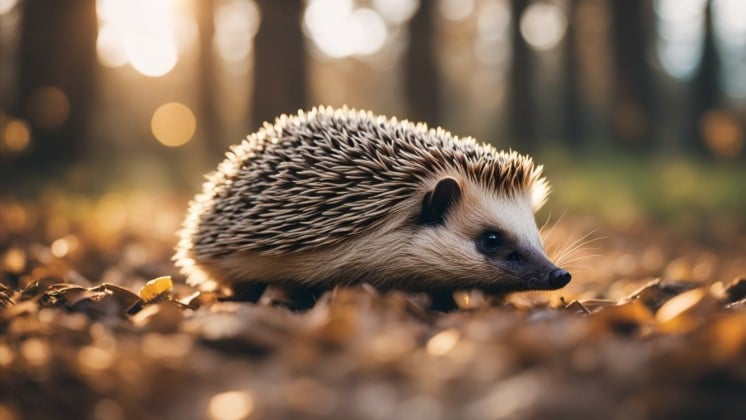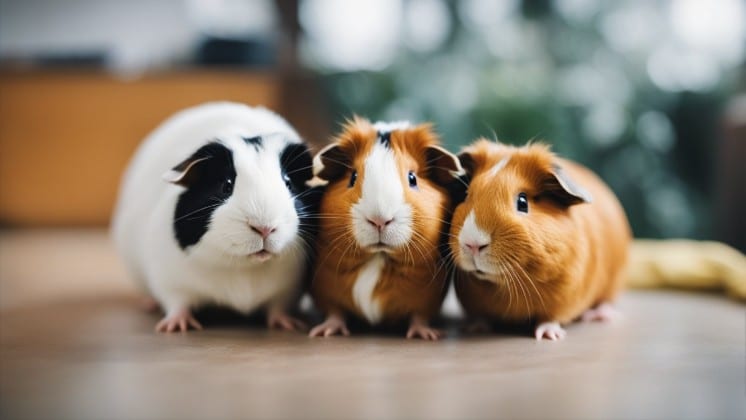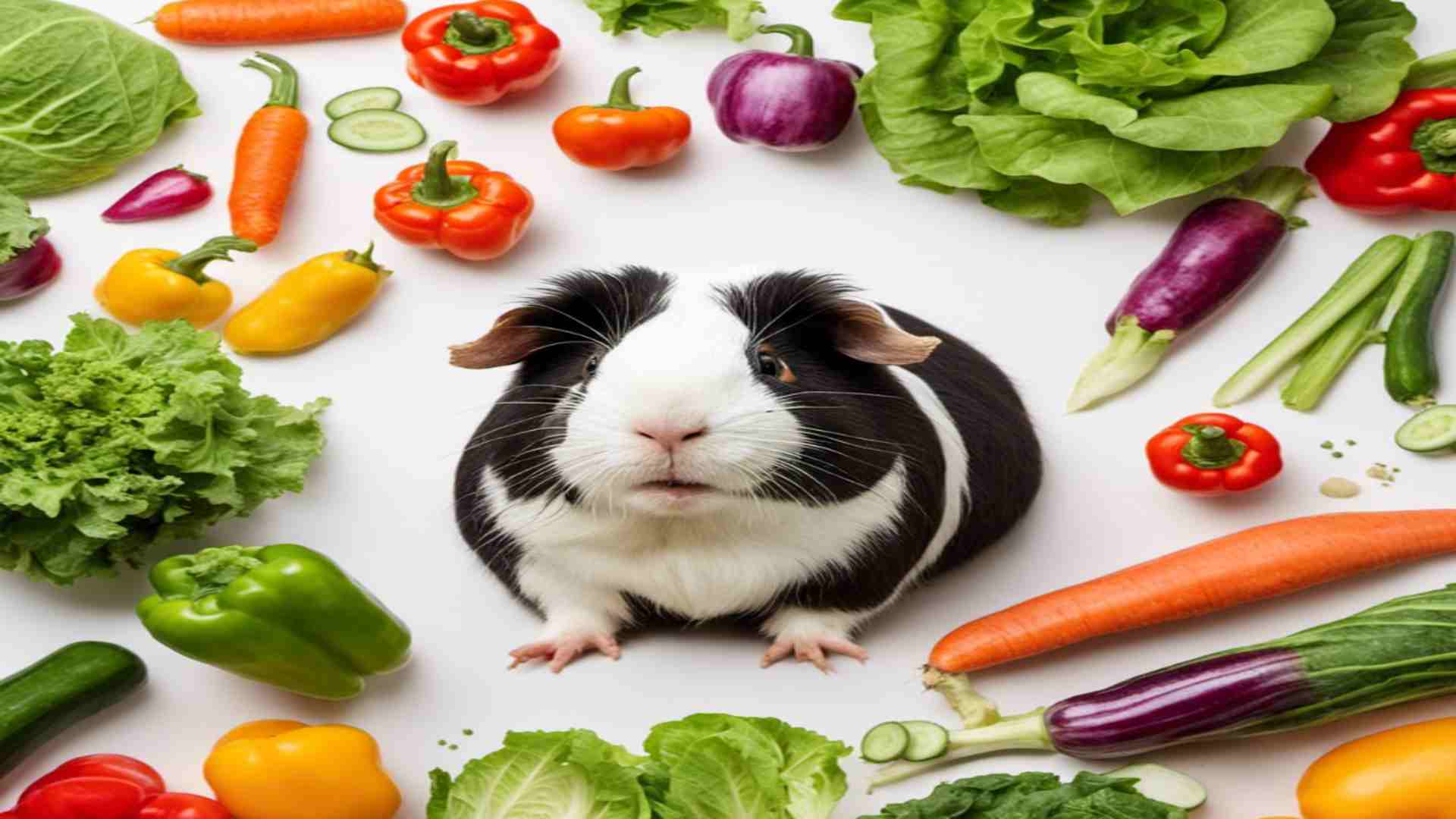Chinchillas have grown significantly in popularity as exotic pets in recent years. However, there is debate about how clean or messy they tend to be.
While often seen as cute and fluffy companions, some question if chinchillas are too dirty to keep as indoor animals.
In this article, we’ll explore the natural cleaning behaviors of chinchillas and the husbandry requirements to keep their living space hygienic.
We’ll discuss how chinchillas groom themselves and tend to eliminate waste, as well as the typical mess levels caused by things like scattered bedding and food.
Let’s begin!
Are chinchillas dirty?
Chinchillas generally have a reputation for being relatively clean pets. Here are a few key points about their cleanliness:
- Chinchillas groom themselves regularly by licking their fur. This helps keep their fur clean and well-maintained.
- Their fur is very dense and water-resistant, which helps keep dirt and dust from penetrating deeply.
- They tend to do their business in one area of their cage (like a litter box), rather than soiling their fur or surrounding areas.
- Their cages should still be cleaned weekly to remove any dust, dander or waste. Spot cleaning may also be needed between full cleanings.
- Some chinchillas can be messier than others, depending on the individual. Overweight chinchillas may have more difficulty grooming thoroughly.
- Bedding materials like wood shavings can get dirty quickly from dust. Paper-based beddings tend to stay cleaner longer.
- Chinchillas may track a little dust around their living area from their fur. But in general, they are not considered “dirty” pets like some small animals and rodents.
So, as long as their cage is properly maintained, most chinchillas keep themselves relatively clean through natural grooming behaviors.
Evaluating chinchilla cleanliness
To properly evaluate a chinchilla’s cleanliness, it’s important to carefully inspect their living space.
This includes checking for droppings and soiled areas in the cage, as well as any food residue or hay scattered on surfaces.
Signs the bedding is saturated with urine will also indicate it needs changing. Paying close attention to cleaning routines and messes that arise can show if adjustments are required.
Owners should aim to spot clean at a minimum every other day and do full cage changes weekly.
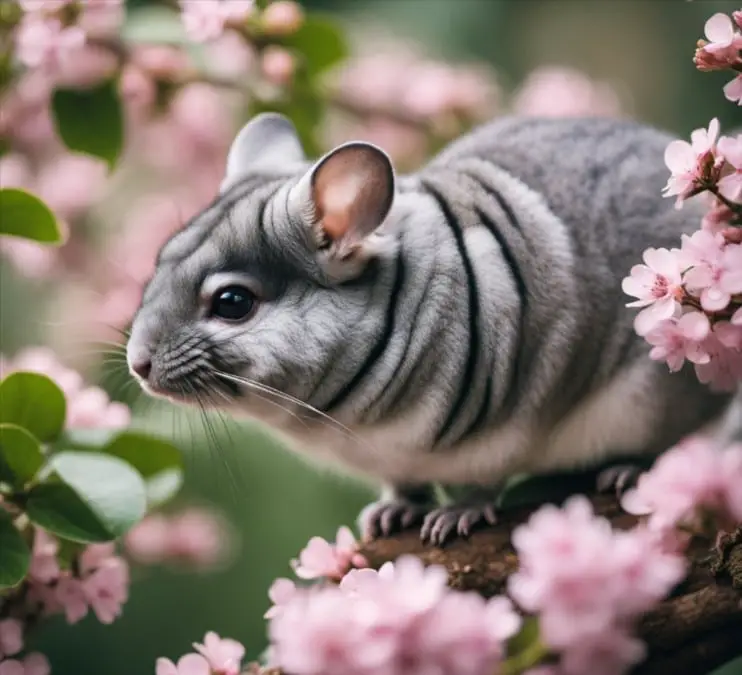
Chinchilla droppings: A key factor in cleanliness
Chinchilla droppings are generally not messy or smelly due to their dry pellet-like form. However, they are produced frequently and can accumulate quickly if not removed regularly.
Using appropriate bedding that contains droppings like aspen shavings or fleece liners makes spot cleaning easier.
These materials also help keep droppings confined to the cage. Owners must sweep out any pellets that roll onto surfaces and diligently change soiled bedding at least once a week.
Dealing with chinchilla food residue and hay
Chinchilla food, such as hay, tends to scatter both inside and outside the cage. This occurs as the animal selects certain pieces to eat, leaving others behind. Regular vacuuming of cages and surrounding floors is important to manage this.
Using liners makes it simple to vacuum up debris. Owners can also provide covered food dishes that minimize the rolling and scattering of food items.
Frequent small cleanings are best for keeping food residue under control.
Managing chinchilla urine and bedding challenges
Urine-soaked bedding is another key cleanliness issue. It requires changing bedding completely whenever it becomes damp, which is usually weekly.
Using litter boxes for waste can minimize this but requires patience to train the chinchilla.
Alternatives like fleece liners are washable and reusable, saving money versus disposable bedding. Washing soiled liners in the machine is easy and keeps odors from developing.
Understanding the maintenance level of chinchillas
While diligent cleaning is needed, chinchillas are still considered low maintenance pets when properly cared for.
They do not require daily grooming or complex housing. Their dry droppings and odorless urine also produce less mess than many other small animals.
With regular routines like weekly full cage cleanings and daily spot cleaning of any debris or accidents, chinchillas can live cleanly.
Strategies to minimize chinchilla mess
Various techniques can help reduce chinchilla messes.
- Using fleece liners over plastic trays makes cleaning efficient.
- Providing covered food dishes limits scattering. Litter training helps centralize waste. Frequent spot cleaning picks up any stray droppings or debris.
- Choosing large multi-level cages gives space to contain messes. Keeping supplies like a vacuum or dustpan and brush near the cage encourages quick tidying.
- Establishing cleaning routines prevents messes from accumulating.
With a few strategic adjustments, chinchilla owners can efficiently manage cleanliness needs.
Chinchilla’s living environment
As chinchilla owners, we understand the importance of providing a suitable and clean living environment for our furry friends.
Chinchillas can be a bit messy, but with proper care and maintenance, we can keep their habitat in good condition.
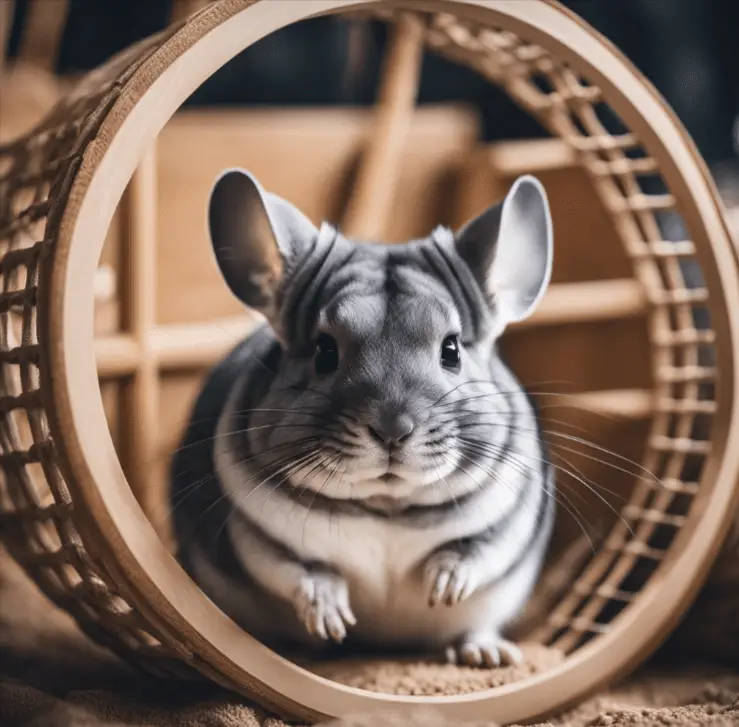
Creating an optimal environment starts with selecting the right chinchilla cage. We recommend choosing a spacious, multi-level cage that allows our chinchilla to climb and explore.
The material of the cage should be sturdy, such as metal, to prevent any escape attempts or damage. We should avoid glass or plastic cages, as they can overheat and be more difficult to clean.
Read also: Chinchillas Smell: 4 Clever Ways to Prevent Odors
Inside the cage, we can incorporate various items to enrich our chinchilla’s habitat. We recommend using ledges, branches, and hiding spots to encourage natural behaviors and provide a variety of surfaces for our chinchilla to climb and rest on.
An exercise wheel is another essential addition to the cage. However, it’s crucial to choose a chinchilla-safe model that is appropriately sized, solid, and smooth to avoid injury.
To maintain a clean and healthy habitat, regular cleaning is paramount. This includes daily spot cleaning by removing any soiled bedding, leftover food, and droppings.
A thorough cleaning of the entire cage should be done once a week, which involves changing the bedding, wiping surfaces with a mild, pet-safe cleaner, and washing any accessories.
A crucial component of the chinchilla’s environment is the equipment used for temperature and humidity control.
These pets require a cool and well-ventilated space, with the ideal temperature being between 60-70°F (15-21°C).
We must also monitor the humidity levels and aim for 40-60% as high humidity could lead to health issues, such as respiratory infections.
Read also: Chinchilla Bath Sand: Everything You Need To Know
Grooming and dust baths for chinchillas
Chinchillas are popular pets known for their incredibly dense and soft fur. While their beautiful coat is part of their appeal, it also requires special care to keep them clean and healthy. One of the most effective ways to groom a chinchilla is through dust baths.
In this section, we will discuss the importance of grooming, dust baths, and how to maintain the delicate balance of your chinchilla’s fur.
Chinchillas need regular grooming to maintain their thick fur, which consists of around 60 hairs per follicle. This dense fur can easily trap oil, dirt, and moisture, leading to the growth of bacteria and other skin problems.
Grooming helps remove these impurities while also preventing matting and keeping the fur in good condition.
A key component of grooming for chinchillas is the dust bath. In their natural habitat, chinchillas instinctively roll around in volcanic ash to keep their fur clean.
For our domesticated friends, we can provide a similar experience by using commercially available dust bath products, usually made from powdered pumice. Dust baths work by absorbing oils and dirt from the fur, keeping it dry and clean.
To give your chinchilla a proper dust bath, provide a shallow container, such as a plastic bin or glass baking dish, filled with about an inch of dust bath powder. Let your chinchilla roll around in the dust for 5-10 minutes, usually a few times a week.
Afterward, remove the container and any excess dust from your pet’s living area.
While dust baths are essential for chinchillas, it’s important not to overdo it. Over-bathing can cause dry skin and irritation, whereas insufficient baths could lead to oily, matted fur.
The ideal frequency of dust baths varies between individual chinchillas and might need some adjustments based on the condition of their fur and the humidity of their environment.
Monitoring your chinchilla’s fur and adjusting the dust bath schedule accordingly will ensure proper grooming and health.
In addition to dust baths, it’s essential to check your chinchilla’s teeth and gums for signs of infection or overgrowth, as dental health is intimately linked to overall well-being.
Regularly inspecting your pet’s body for cuts, abrasions, or other irregularities will also contribute to their overall health.
Research and community involvement
When researching whether chinchillas are messy, it’s important to gather information from a variety of sources. In our quest for knowledge, we consulted reputable websites, professional breeders, and experienced chinchilla owners to get an unbiased and comprehensive view of the situation.
An excellent starting point for accurate information about chinchillas is the National Chinchilla Society (NCS). The NCS is dedicated to promoting responsible chinchilla care and breeding and provides a wealth of knowledge based on scientific research.
To delve deeper into the chinchilla community and understand the everyday experiences of chinchilla owners, we explored forums and online communities like r/chinchilla on Reddit.
These platforms allow chinchilla owners from all over the world to come together and share their experiences, tips, and tricks on how to manage potential messiness.
Moreover, we reached out to experts, including chinchilla breeders and veterinarians who specialize in small mammals.
These professionals are experienced in handling chinchillas and their potential messiness, so their opinions and advice carry significant weight.
During our research, we discovered that chinchillas, like any other animal, can be inherently messy to some extent.
However, with proper care and diligent maintenance of their living space, their messiness can be managed effectively to ensure a clean and happy environment for both the chinchilla and their owner.
Key factors to consider when owning a chinchilla include:
- Regular cage cleaning.
- Proper grooming and dust baths.
- Appropriate food and water provision.
- Monitoring and addressing any destructive behaviors (gnawing, chewing).
Summary
Before we move on to the conclusion, we’ve summarized this article into a short list of key points for you to remember:
- They need regular grooming to maintain their thick fur, and dust baths are a key component of grooming for chinchillas.
- Creating an optimal environment for chinchillas starts with selecting the right cage and incorporating various items to enrich their habitat.
- Chinchillas are popular exotic pets that are naturally clean animals, but they do produce waste, just like other pets, and therefore require regular cleaning.
- They require high-quality hay, specially formulated chinchilla pellets, and access to fresh water at all times.
Final thoughts
keeping up with your chinchilla’s elimination habits may require a bit of additional effort, but with regular cleaning and appropriate bedding choices, it is easily manageable.
Thanks for reading, and happy cleaning!
Want to learn more about chinchillas?
Ready to boost your knowledge to the next level? If so, check out the articles below:



